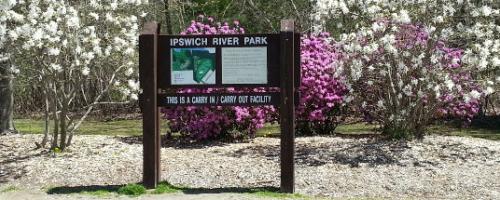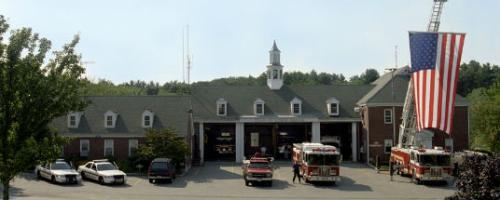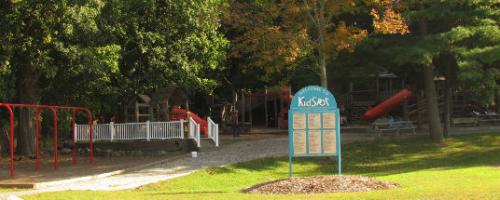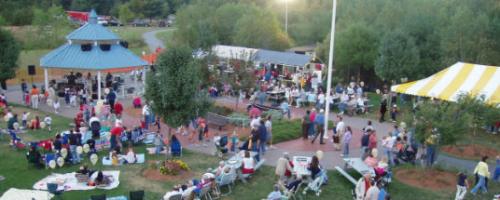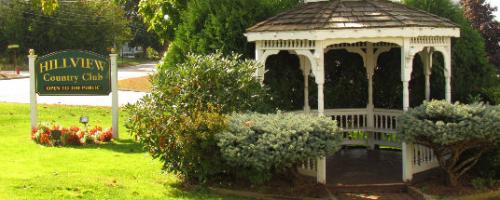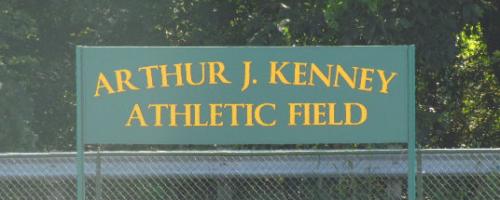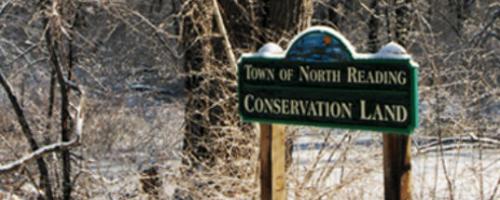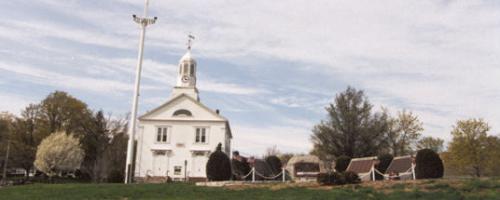Watering Techniques
Many people think that automatic sprinklers are the best way to water, but in certain areas of your yard, it may be the worst thing to do. Unfortunately, much of the water dispersed through sprinklers and hoses evaporates or runs off the soil before it ever reaches the intended destination – thirsty roots. Here are a few tips on how to water your lawn and garden that can save water and may be better for yard than watering with automatic sprinklers.
Water Sensors
Install a soil moisture or rain sensor on your automatic sprinkler system. These devices will keep your system from operating when it is raining or when the soil moisture is adequate. The sensors will eliminate over-watering and will save water.
Cycle Irrigation
Never water faster than the water can be absorbed by the soil. Small lawns that slope to the street will likely start to produce runoff in 10 to 12 minutes with normal sprinkler systems. To avoid this, shut off the water as soon as runoff occurs and let the water soak in for about an hour. Give the lawn another 10-minute dose later. Even in very dry periods at the peak of the summer season, three cycles like this will generally be enough. If done properly, this type of cycle will avoid wasteful runoff while watering deeply and thus promoting deep rooting. If you notice this “quick run-off” problem and use an in-ground system, you may want to call your lawn care specialist to obtain a controller that can conveniently provide this type of cycle irrigation capability.
Drip Irrigation and Soaker Hoses
Drip irrigation and soaker hoses use very little water and are very efficient at delivering the water to where it needs to be. If properly installed and used, most of the water goes directly to the plants’ roots, where it does the most good. Soaker hoses are available at most hardware stores. They “leak” water where they are places, so a row of vegetables or a small flowerbed is the ideal location for these hoses. Drip irrigation is even better. Although there are several types, the most efficient involves laying out hoses or pipes with “drippers” at each plant. The “drippers” actually drip water at a rate of ¼ to 1 gallon per hour – not very much even for a large garden. Sprinklers, on the other hand, use 2 to 6 gallons per minute. Drip irrigation can save 30% to 70% of the water used by overhead sprinkler systems.
Hand watering
Watering by hand can be very effective, or very wasteful. If care isn’t taken, most of the water can run off, or worse, damage the plants. In order to be effective, the water can’t be applied too fast or with too much pressure. The solution is a separate shutoff valve on the hose, just before the nozzle. These valves are available at all hardware stores for a few dollars. With this valve, you can adjust the volume of the water being applied (even down to a drip) and with the nozzle, you can adjust the spray pattern.

